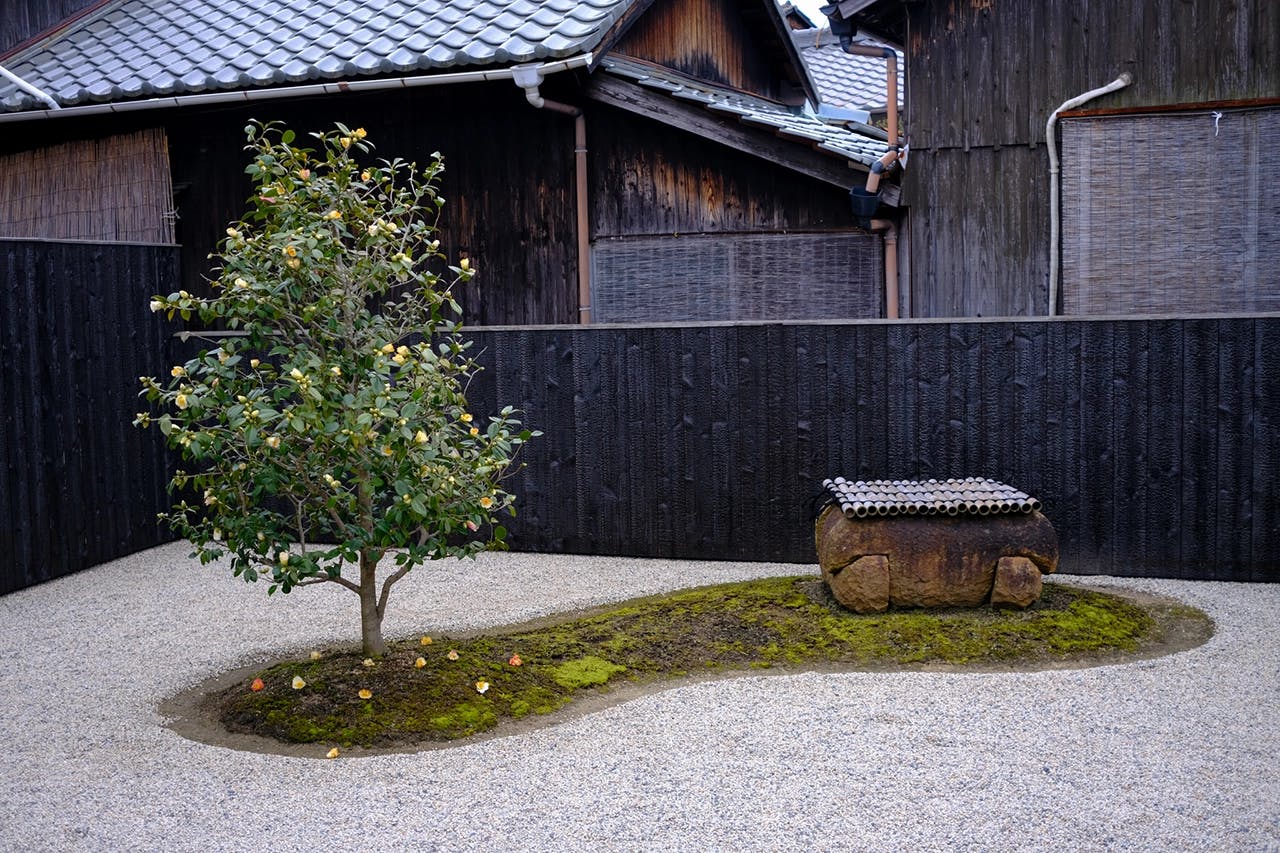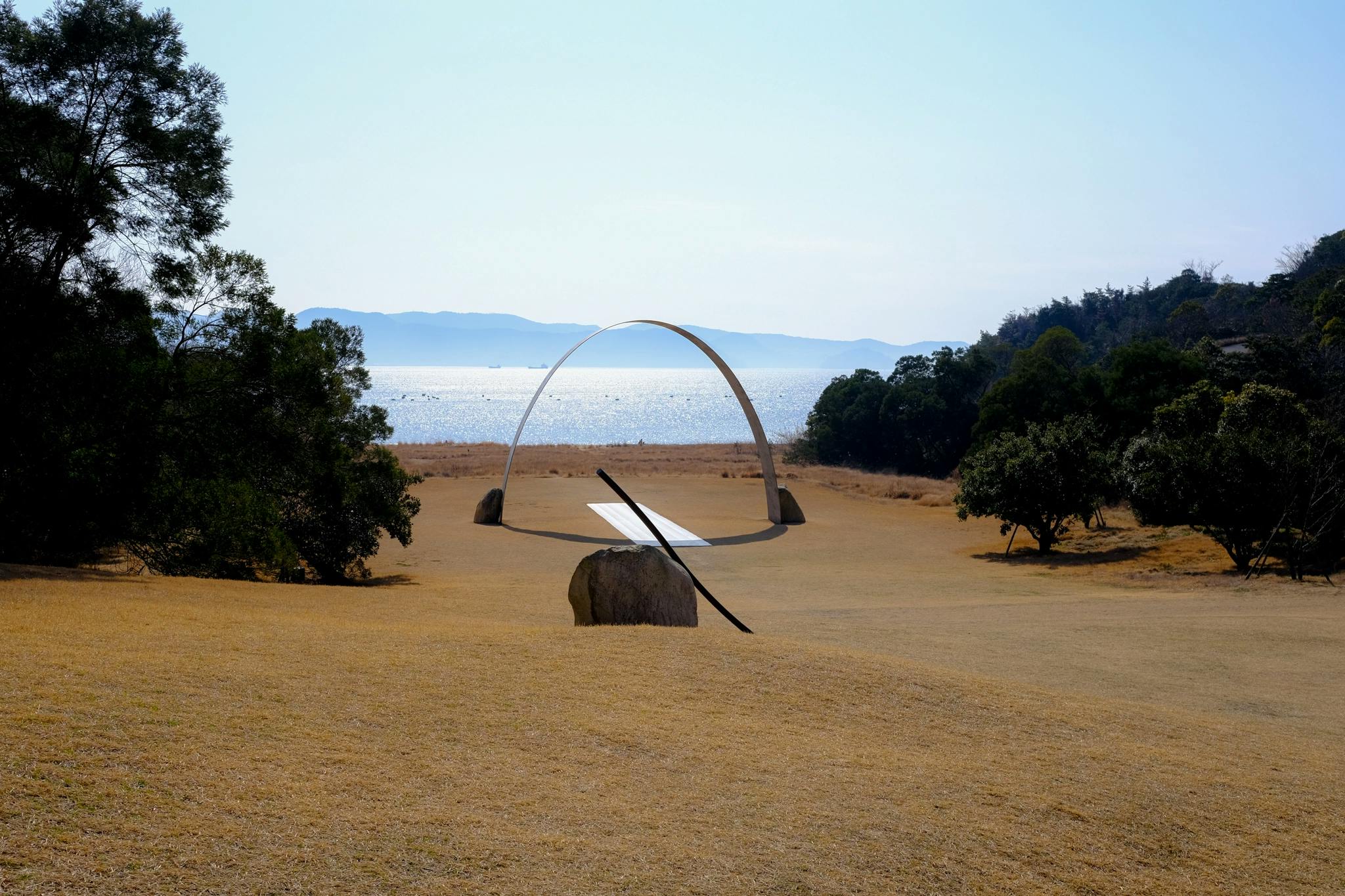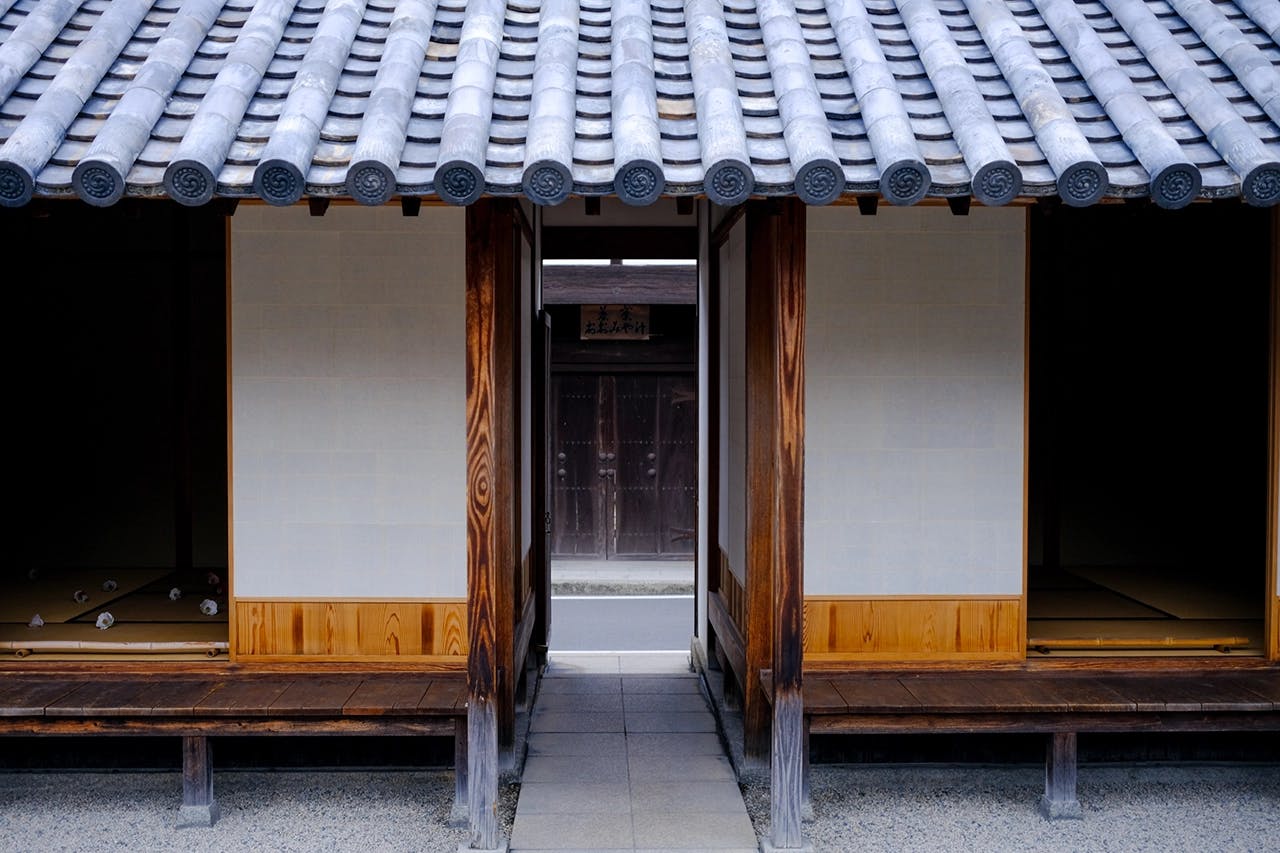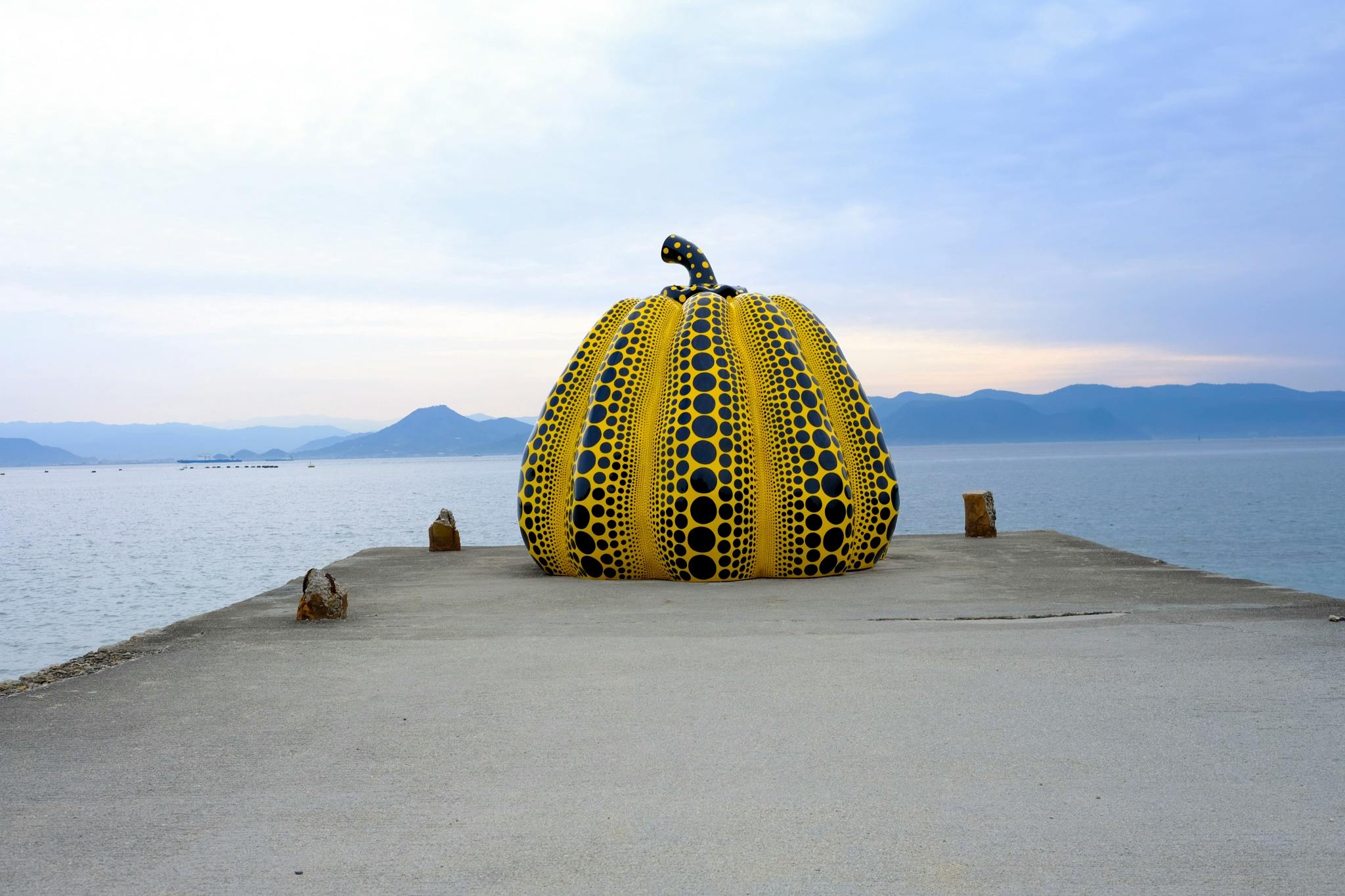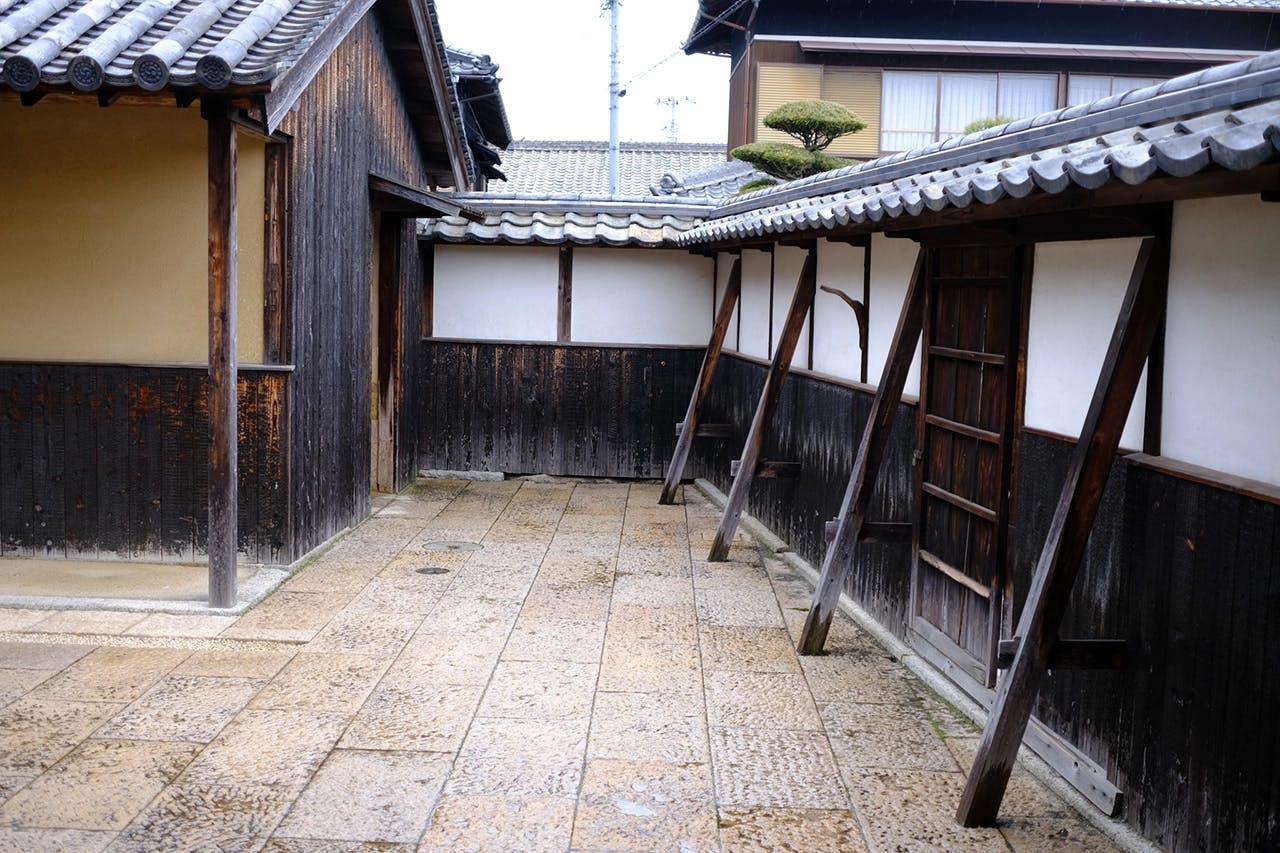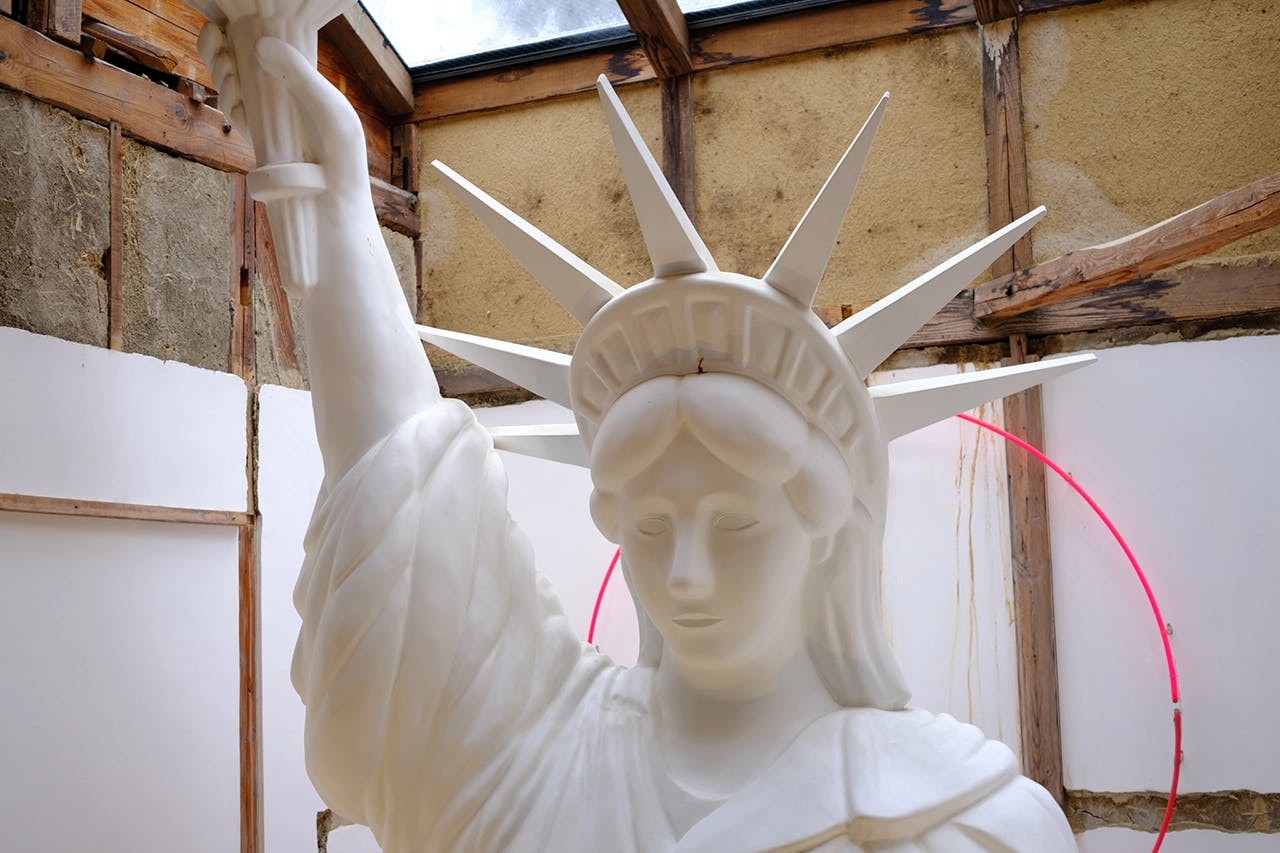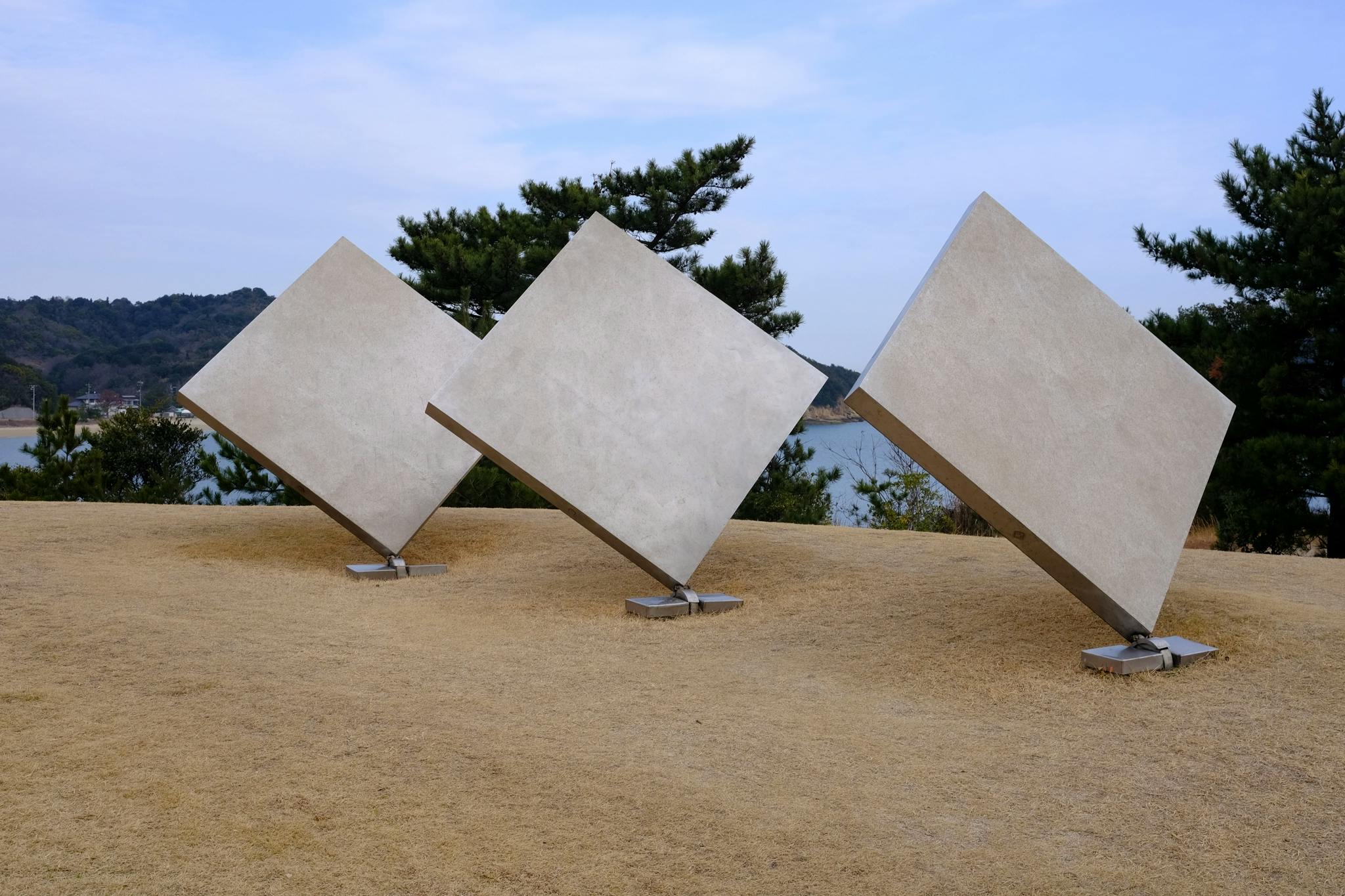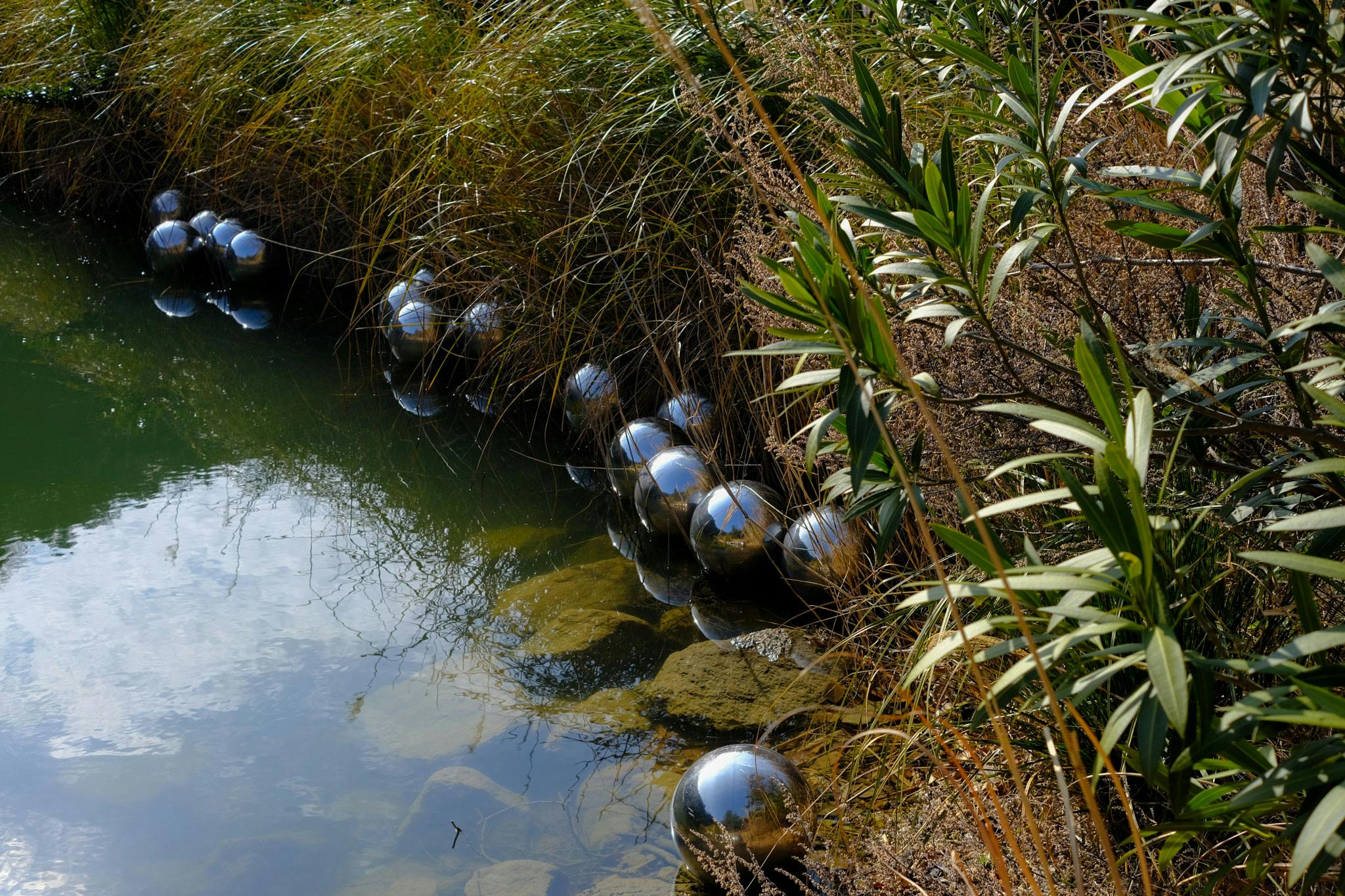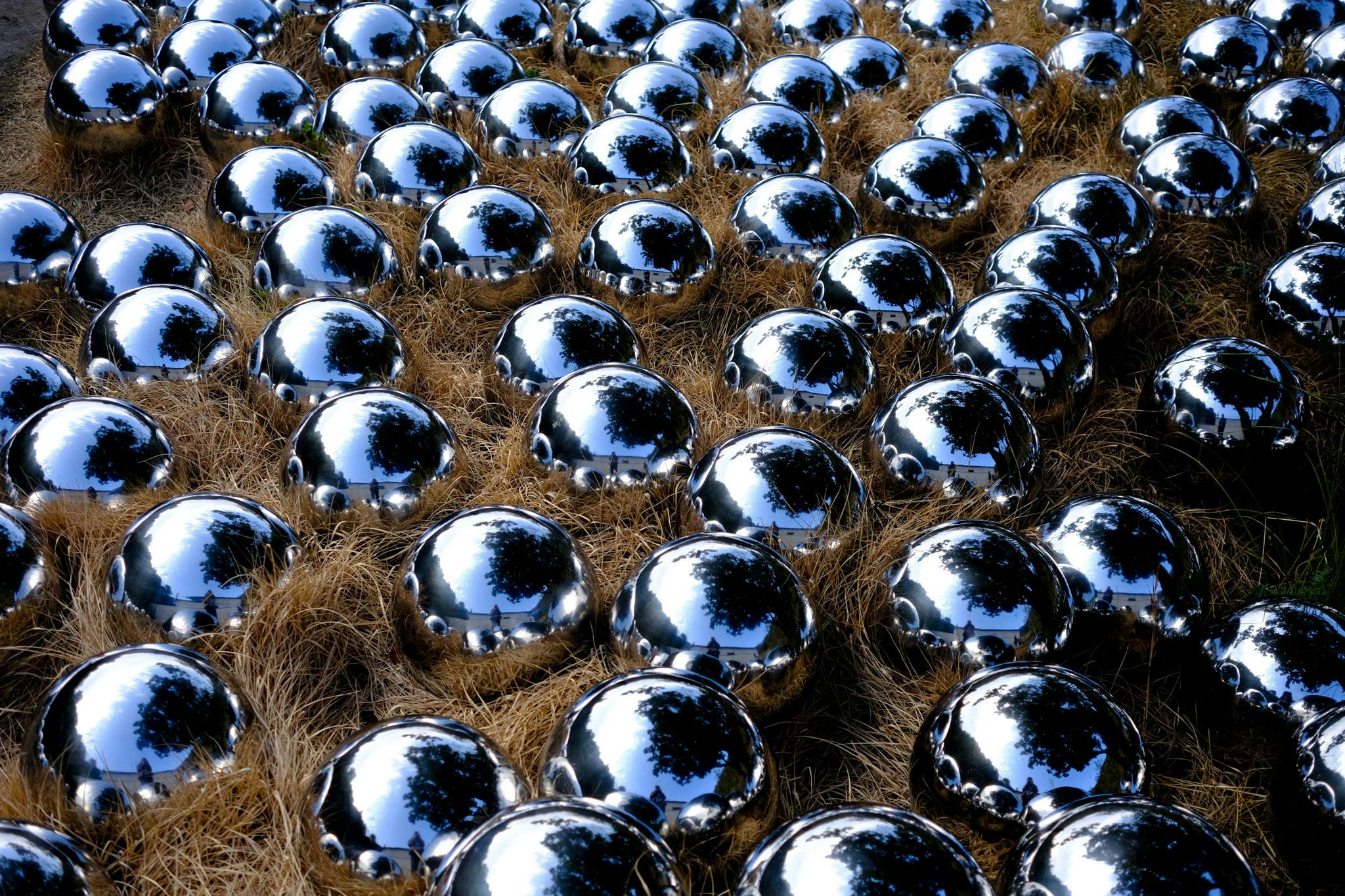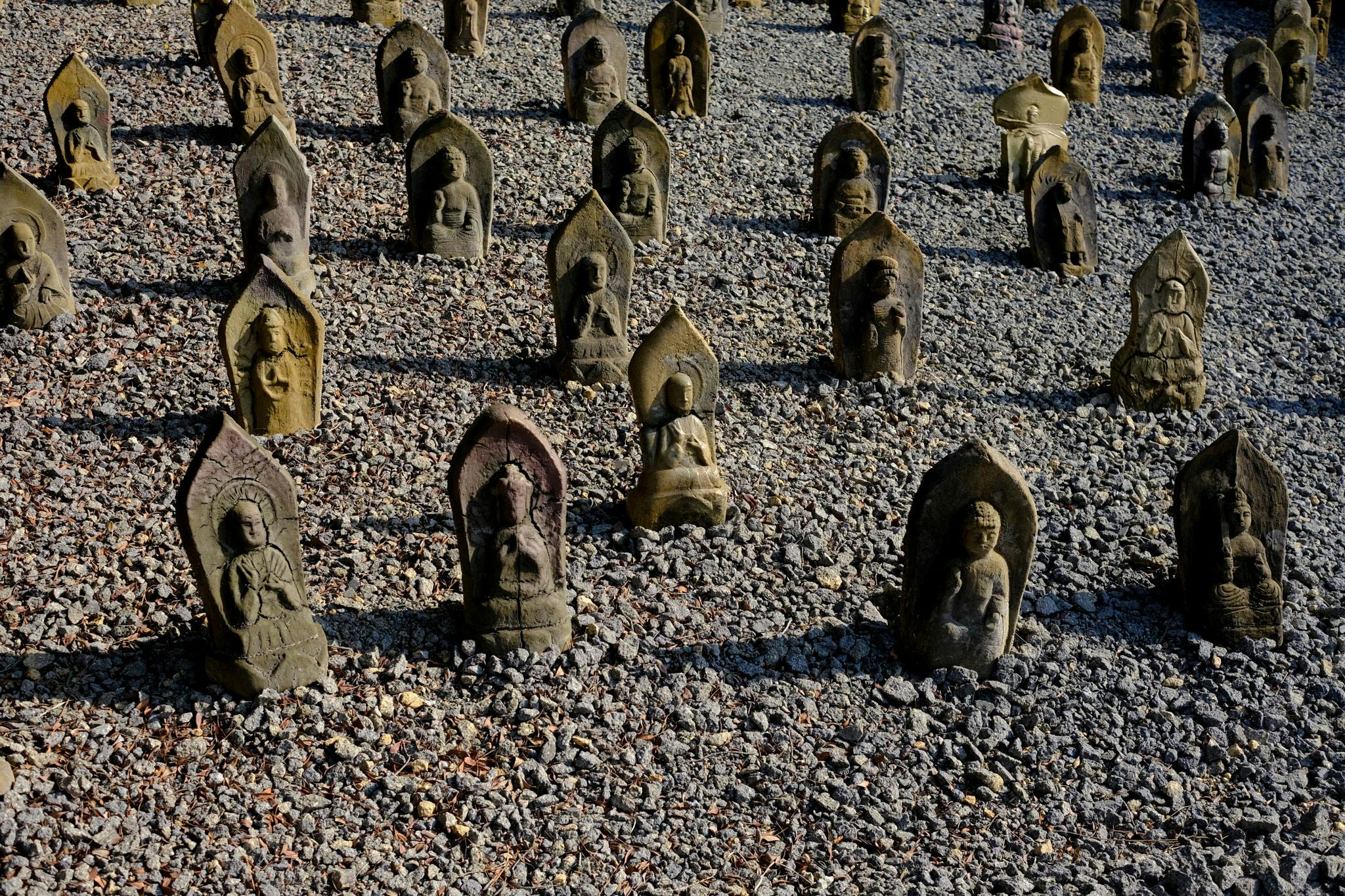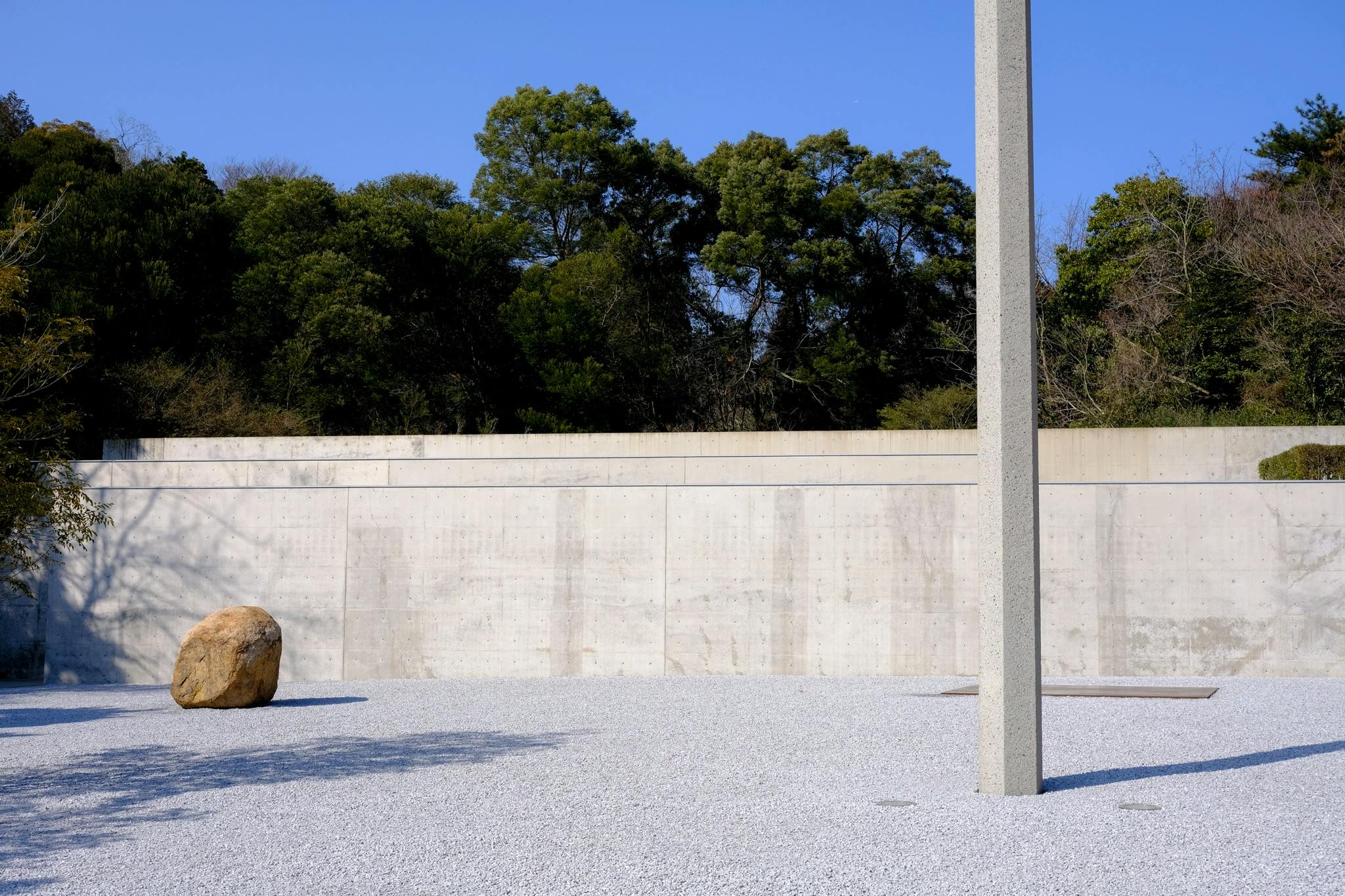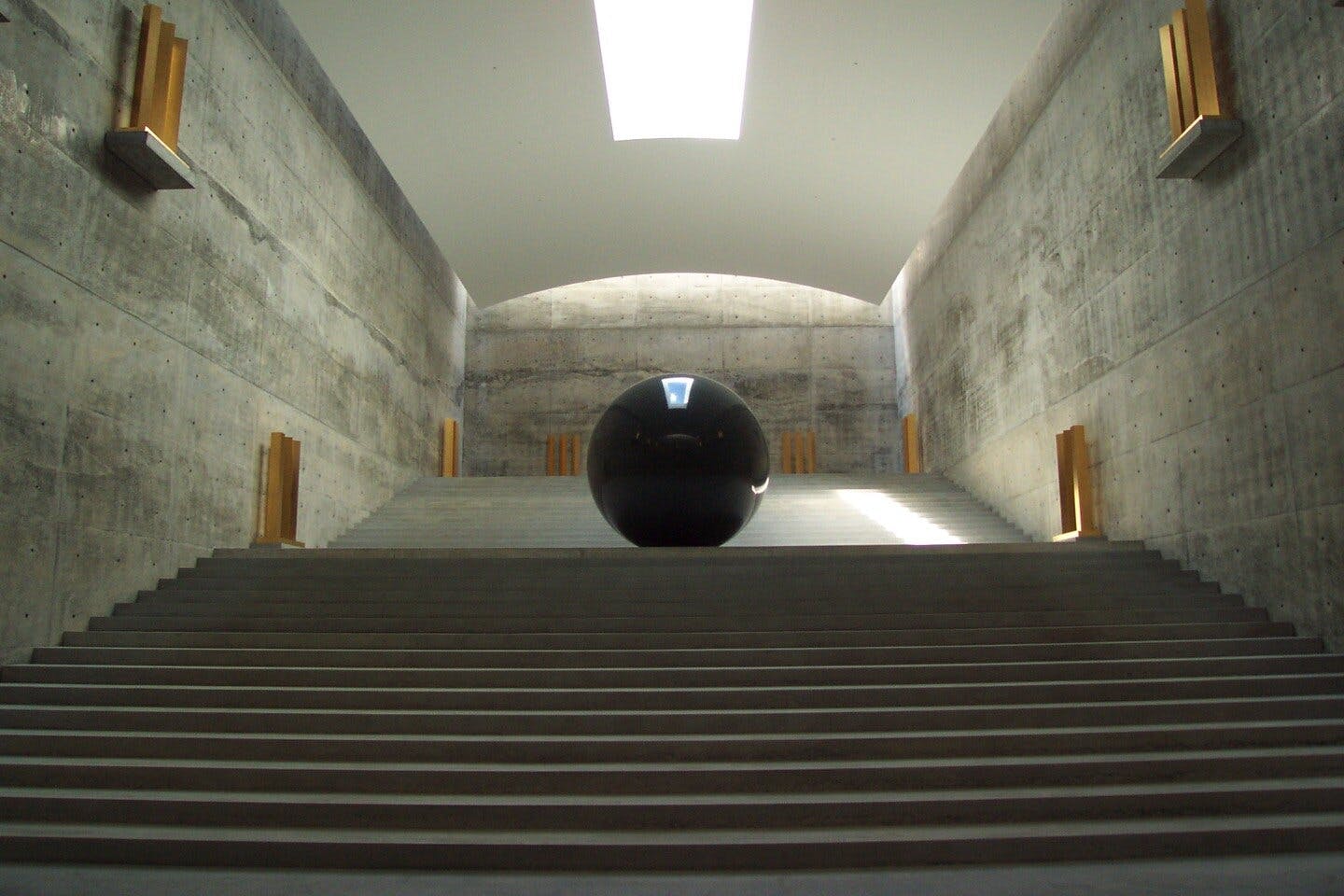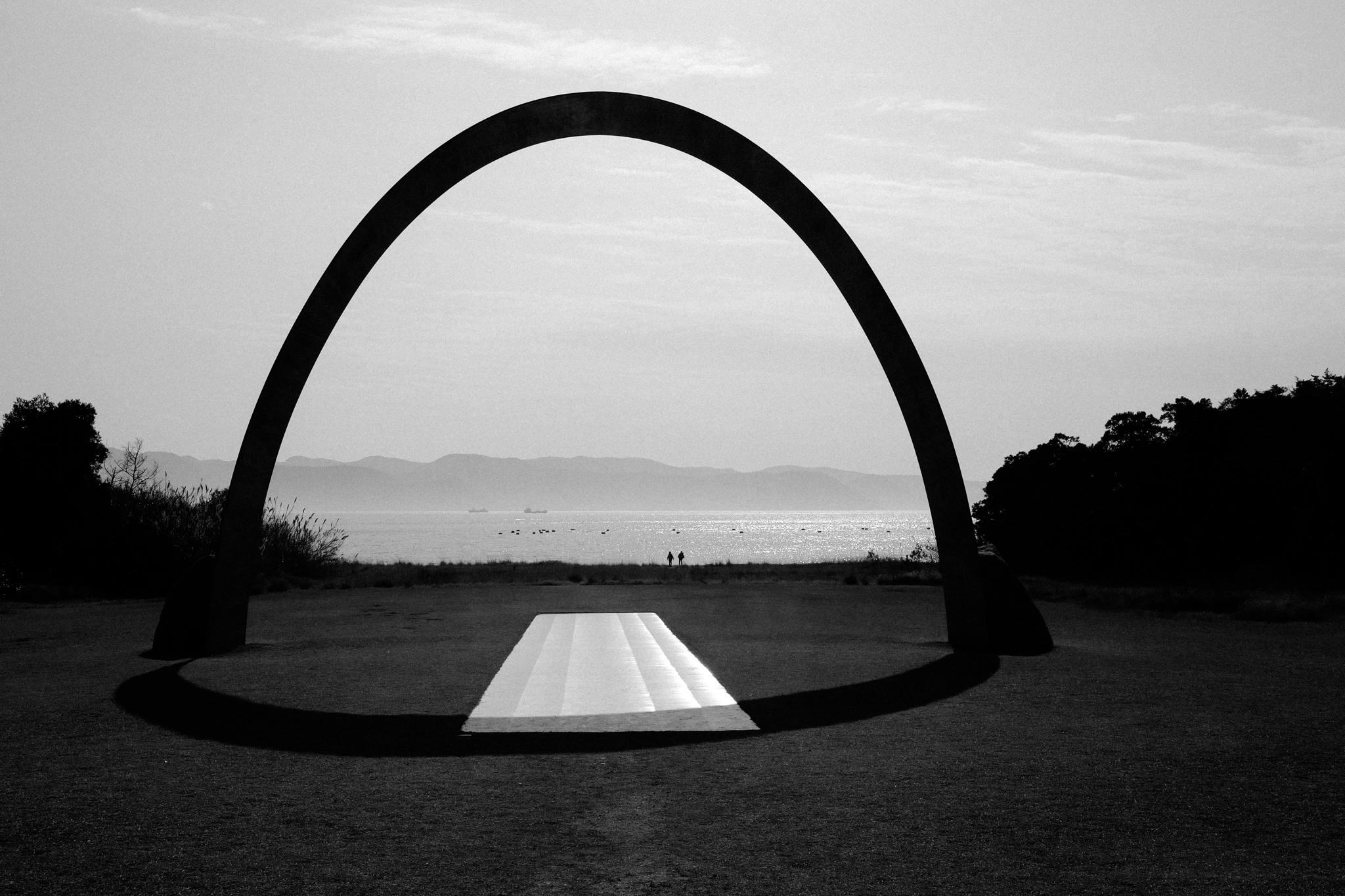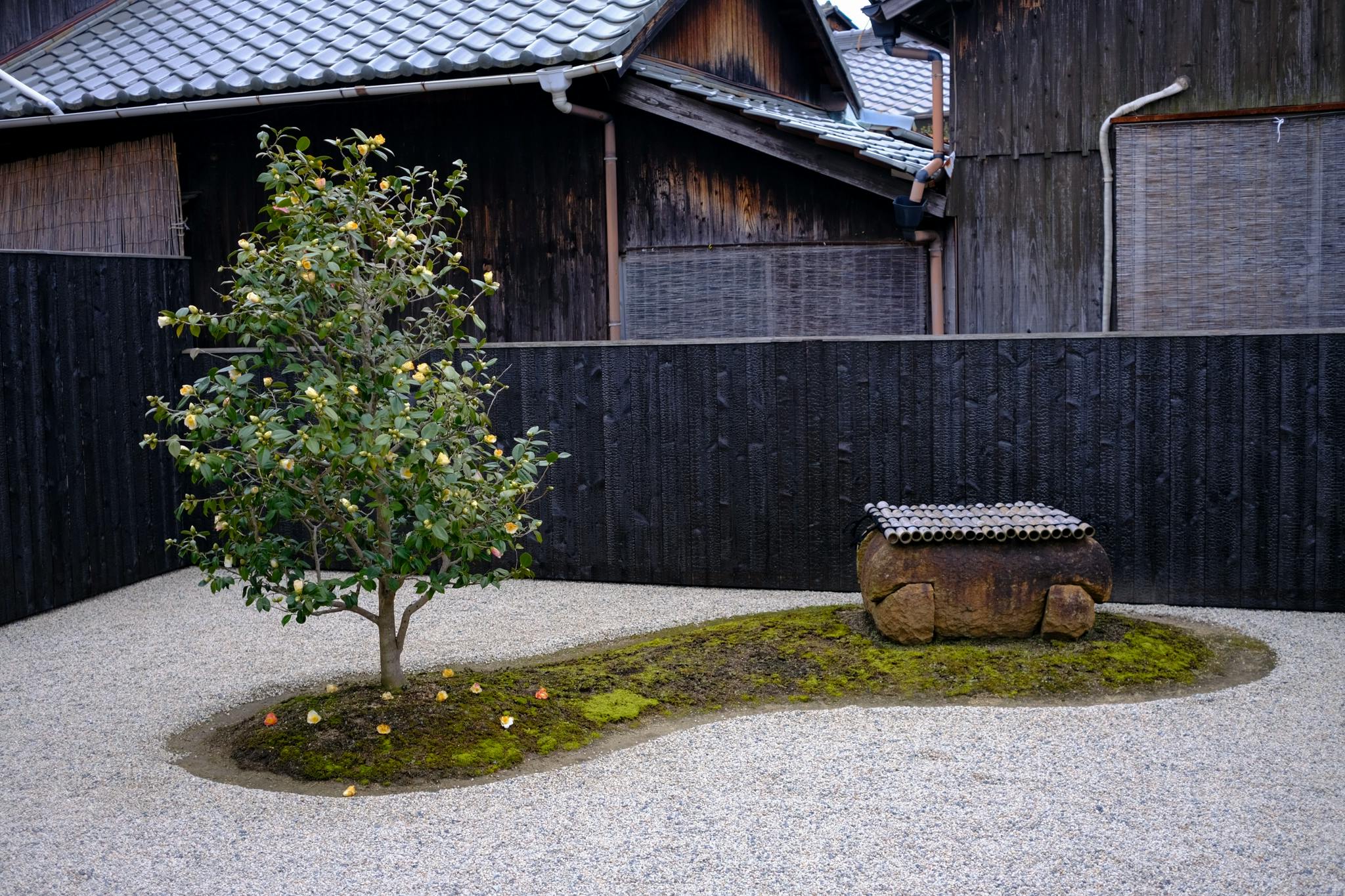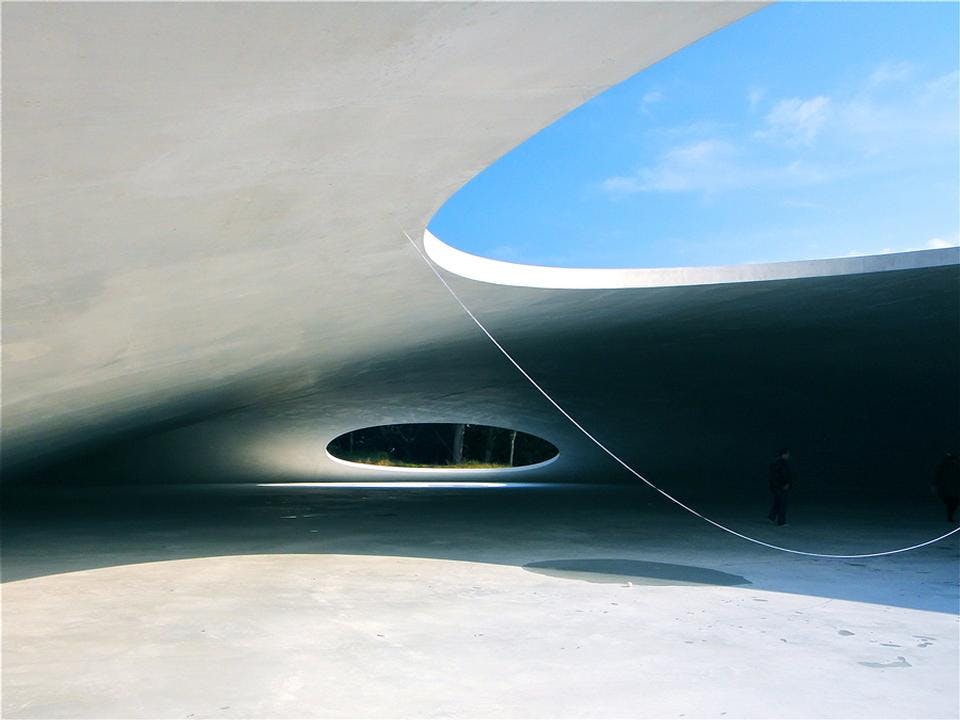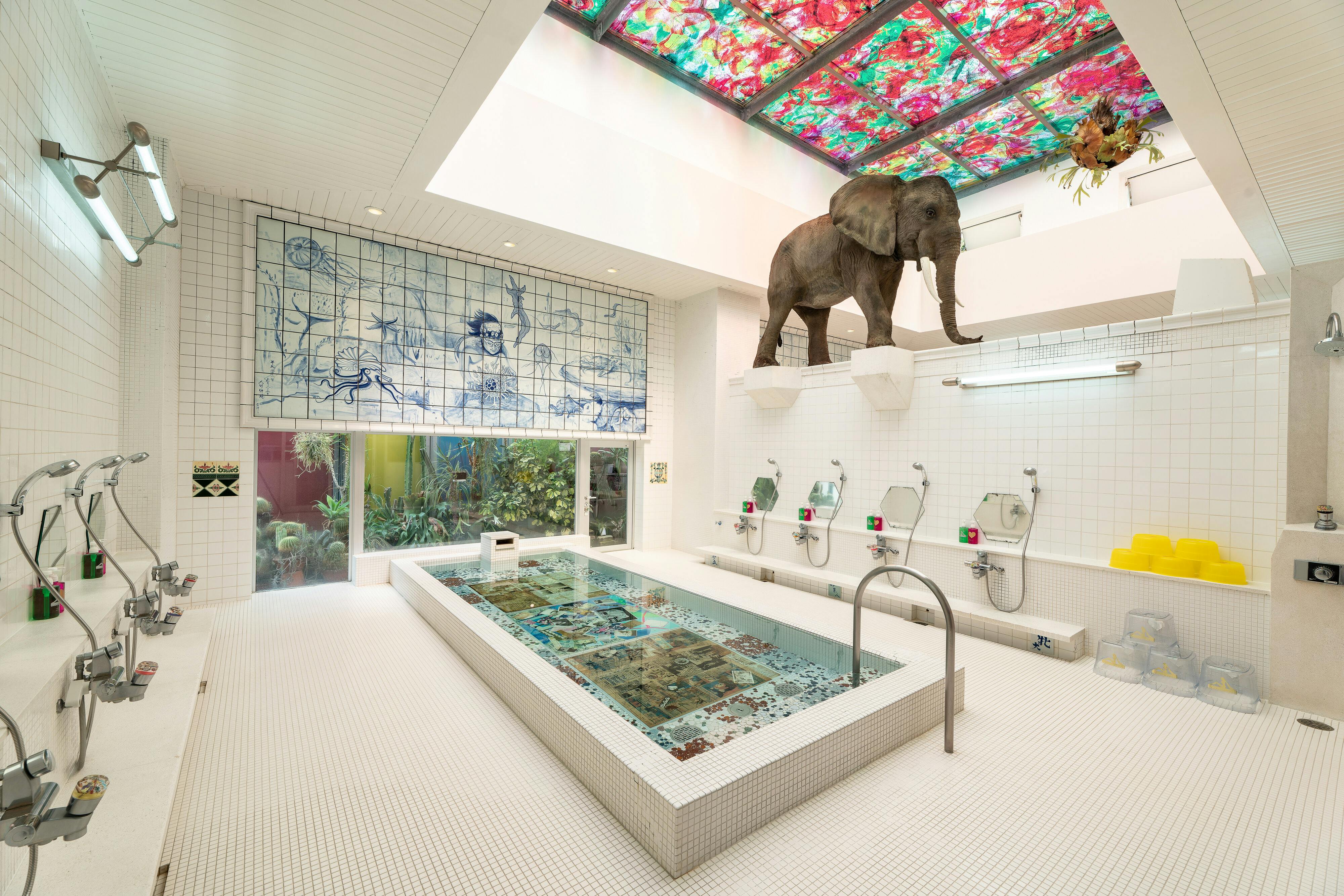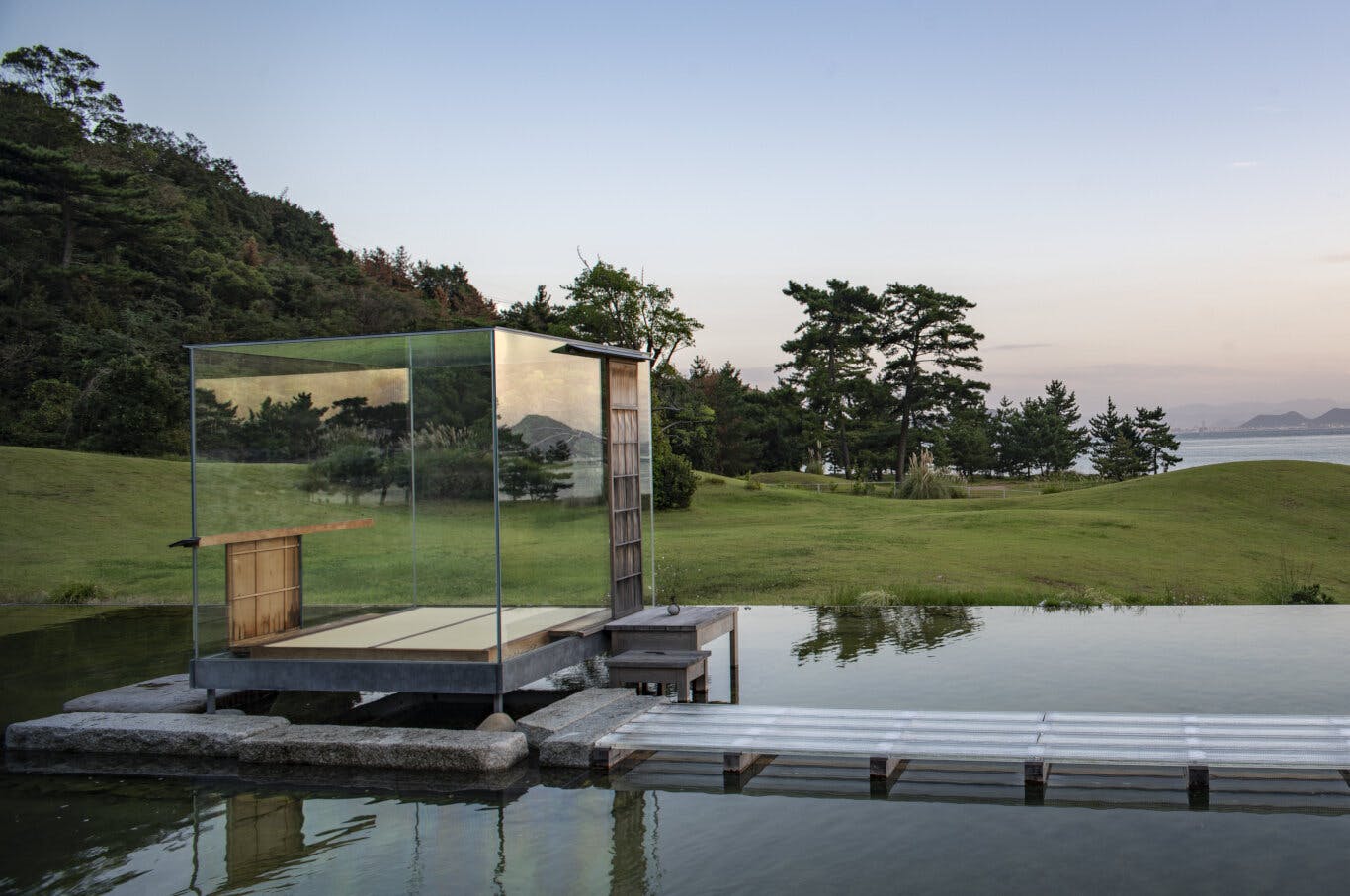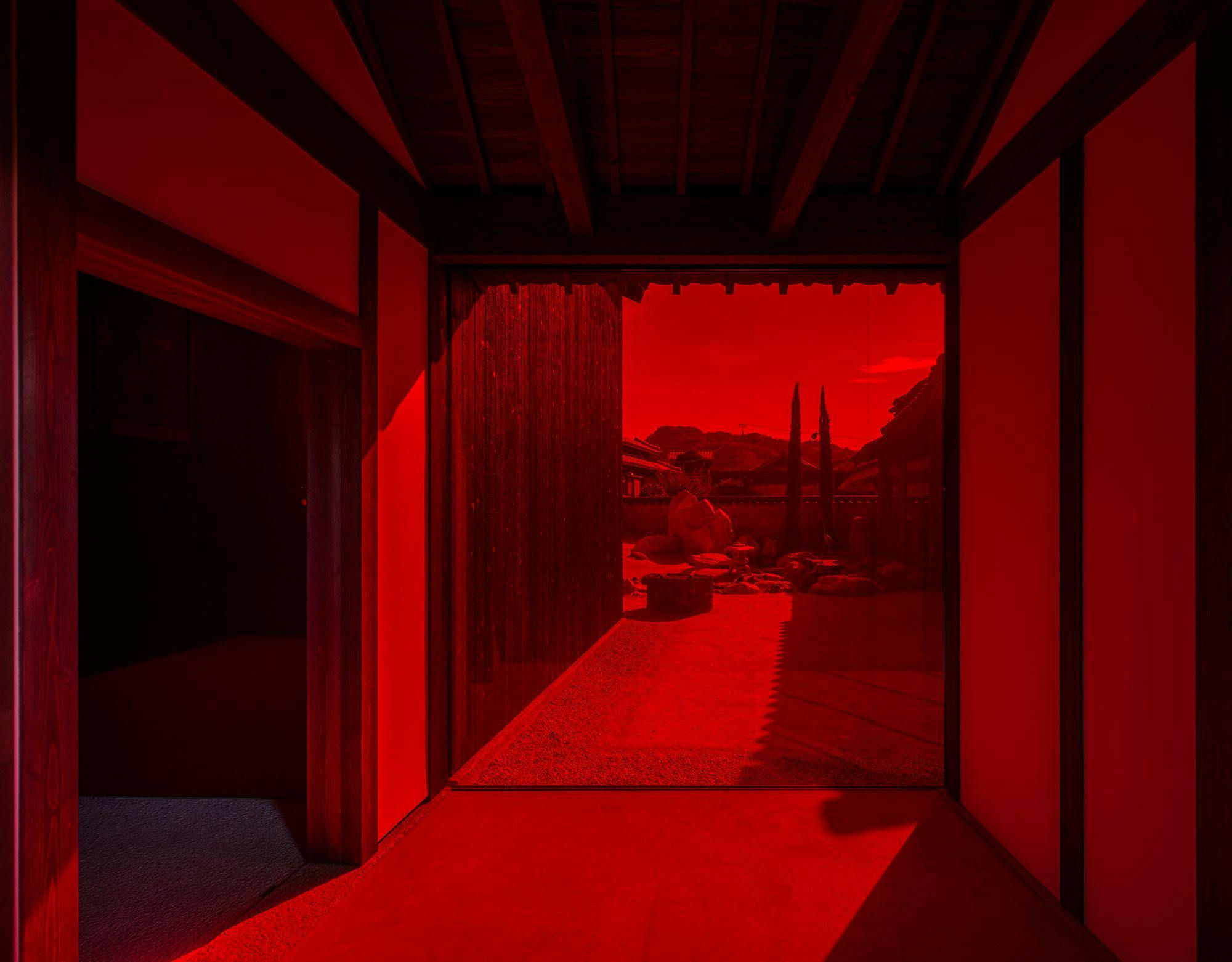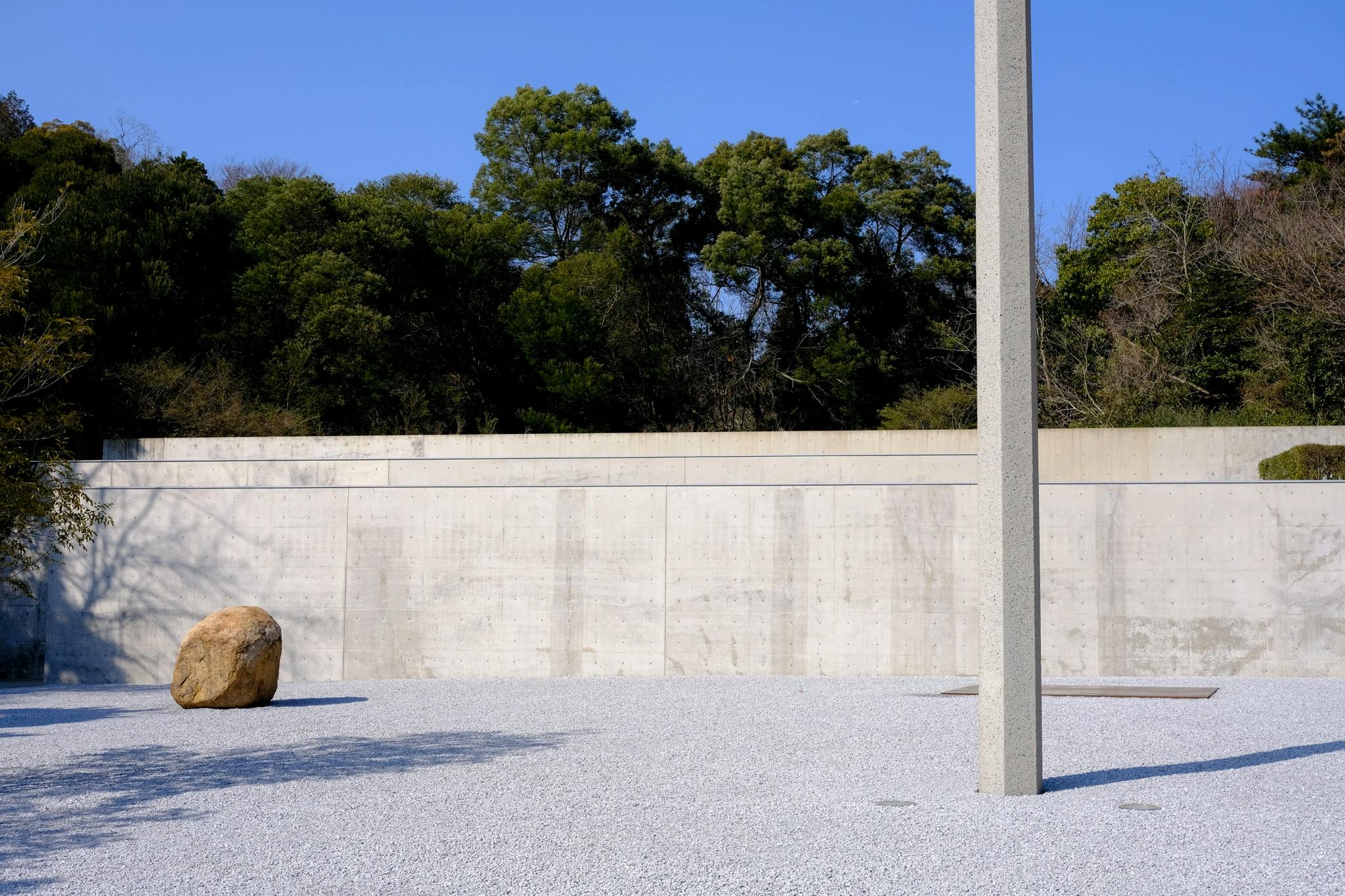
Guide to Naoshima and Teshima
A once sleepy, seaside post-industrial wasteland, Naoshima and Teshima islands in the Seto Inland Sea of Japan were transformed in the early nineties. They have now become one of the world's most unique immersive contemporary art destinations featuring the work of legends Tadao Ando, Ufan Lee, Claude Monet and Yayoi Kusama, and more.
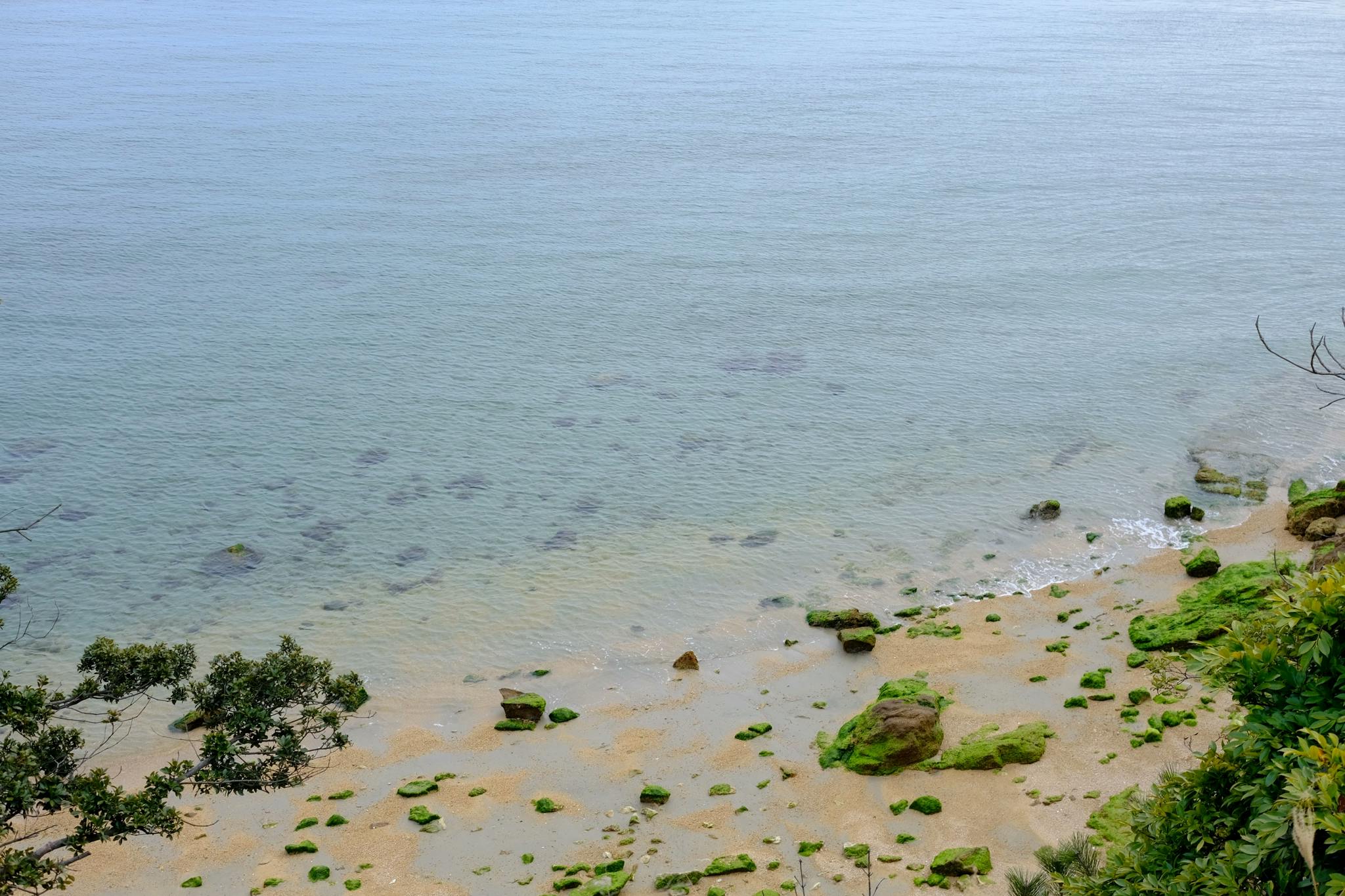
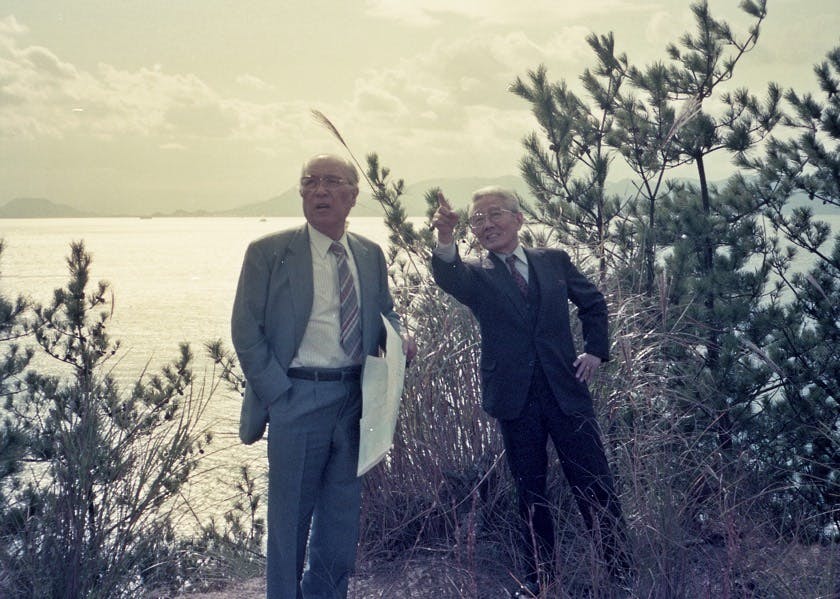
A once sleepy, seaside post-industrial wasteland, Naoshima and Teshima islands in the Seto Inland Sea of Japan were transformed in the early nineties into the contemporary art 'Mecca' that it is today. Naoshima and Inujima were left barren from a booming but destructive copper smelting industry, while Teshima was buried under nearly a million tonnes of illegally dumped toxic waste. While looking back on everything I had experienced whilst on several past trips to Naoshima and Teshima, I found myself drifting away into a fantasy of creating a similar project here in France. How did Naoshima and Teshima become the art islands that we know today?
An excerpt from the Benesse website reads:
A meeting was held in 1985 between Tetsuhiko Fukutake, the President and Founder of Fukutake Publishing (now Benesse Corporation), and Chikatsugu Miyake, the mayor of Naoshima at the time. Fukutake wished to create a place on the islands of the Seto Inland Sea where children from around the world could gather. Miyake dreamed of developing the southern side of Naoshima as a pristine, educational and cultural area. The meeting of these influential figures resulted in a mutual agreement to initiate a series of developments around Naoshima.
In 1989, The development of the Naoshima International Camp was started under the supervision of Tadao Ando. It was designed as an area where people can experience the natural surroundings of the Setouchi region by staying in yurts dismantled and brought over from Mongolia. Karel Appel's outdoor sculpture Frog and Cat, which was displayed in the campsite at the time, was the first contemporary artwork from Naoshima to become a permanent installation.
Fukutake approached renowned Japanese architect Tadao Ando to help him realise his vision of transforming the neglected and economically stifled islands into a cultural haven where visitors could come, and experience works by some of the world’s greatest artists. A sceptical Ando initially turned down the offer but was eventually convinced, and the architect went on to design dozens of buildings across Naoshima, the most popular of the three islands.
